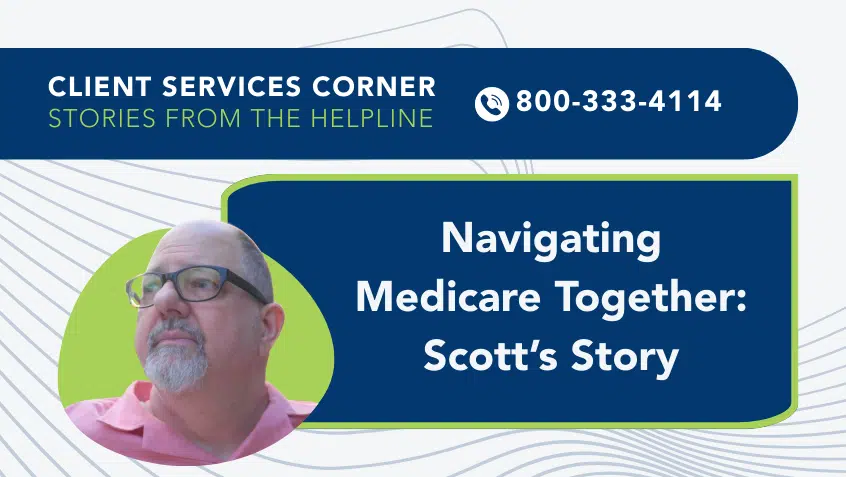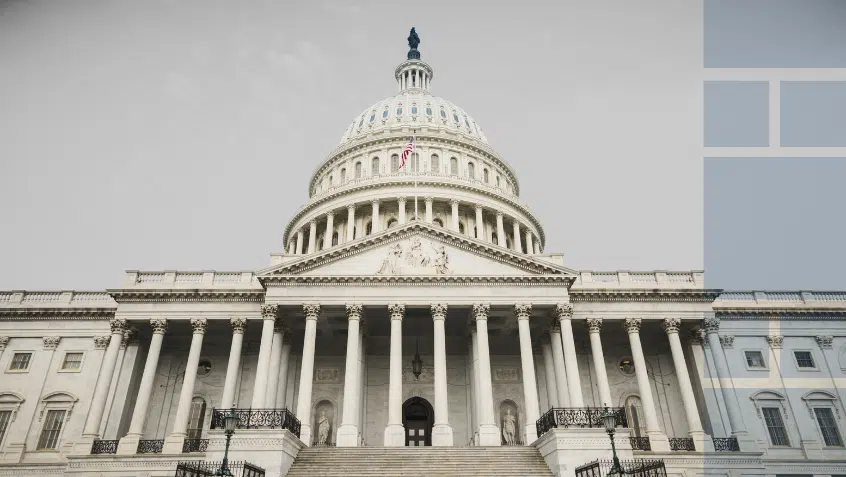Join Us Live for a Discussion on Medicare, Democracy, and the Future of Health Care
Administration Provides More Data on First 10 Drugs Subject to Price Negotiation

Last month, the office of the Assistant Secretary for Planning and Evaluation (ASPE), a research arm of the Department of Health and Human Services (HHS), released a report on the background, use, and costs of the 10 drugs selected for the first-ever Medicare price negotiation process.
The medications were chosen based on criteria outlined in the Inflation Reduction Act. The law requires HHS to prioritize drugs with the highest Medicare spending and no competition, among other factors. The resulting list includes medications that millions of Medicare beneficiaries rely on to treat conditions such as cancer, diabetes, blood clots, heart failure, autoimmune conditions, and chronic kidney disease.
Price negotiations between CMS and the participating drug manufacturers are in process. CMS will publish the final prices this fall, and they will take effect in 2026. Additional medications will be selected for negotiation in the coming years.
The ASPE analysis addressed not just how much the drugs cost Medicare and beneficiaries, including specific populations; how long they have been on the market; whether federal funding aided their development; what conditions the drugs treat and the prevalence of those conditions in the Medicare population; health disparities in their use; and affordability concerns.
According to the report, Medicare spending for the 10 selected drugs—Eliquis, Jardiance, Xarelto, Januvia, Farxiga, Entresto, Enbrel, Imbruvica, Stelara, and NovoLog—represented around 19% of all Part D spending at $46.4 billion in 2022. This is up from $20 billion in 2018.
Beneficiaries paid around $3.4 billion out-of-pocket for these drugs in 2022.
There is a wide variation in the costs of the individual drugs. For example, the first and most prescribed drug on the list, Eliquis—used to prevent and treat blood clots—was not as expensive as some of the other drugs at $4,342 per enrollee per year but is being taken by a relatively high portion of the Medicare population, 6.6%. In total, Medicare, beneficiaries, and plans spent over $15.2 billion on Eliquis in 2022 and 17% of the 3.5 million enrollees taking Eliquis spent over $1,000 out-of-pocket for the drug that year.
By comparison, Imbruvica—used to treat blood cancers—was the most expensive drug on the 2022 list per enrollee at $128,548 for the year, with 64% of users spending more than $1,000 out-of-pocket. Total Imbruvica spending was lower, $2.8 billion in 2022, because it was only taken by 22,000 people. The least expensive drug on the list was Novolog at $3,323 per enrollee for the year, with 763,000 users. Unsurprisingly, people taking Imbruvica spent the most out-of-pocket for their drug, averaging $5,290 annually, while those taking Novolog spent the least, averaging $208 annually.
The report also contains spending information broken down across demographics, states and territories, and low-income subsidy (LIS) enrollment. It touches briefly on whether the drugs received federal financial support in their development. ASPE examined several specific forms of such assistance, finding seven of the 10 drugs received at least one form of support. To illustrate the impact of federal contributions on biomedical research and development, ASPE gives a case study comparing one drug, Jardiance—which publicly disclosed receiving support—to another drug, Entresto, which did not. Notably, ASPE clarifies its methodology is based on proxy measures, and the true levels of government support for each drug may vary.
This report sheds light on the potential impact of drug price negotiation for these drugs. While the savings that any individual beneficiary may see will depend on the yet-to-be-achieved price reductions, lower costs are expected system-wide. Notably, the Congressional Budget Office (CBO) anticipates the negotiations to save Medicare $98.5 billion over a decade as well as reduce expenses for beneficiaries and taxpayers. Critically, the program will do so while bolstering health outcomes and program solvency. CBO notes the lower drug prices will increase medication adherence, improving beneficiary health and reducing the need for, and Medicare spending on, more costly care. At Medicare Rights, we strongly support efforts to bring down drug prices for individuals and the programs that serve them.
Read more about lawsuits intended to halt the drug negotiation process.
Show Comments
We welcome thoughtful, respectful discussion on our website. To maintain a safe and constructive environment, comments that include profanity or violent, threatening language will be hidden. We may ban commentors who repeatedly cross these guidelines.
Help Us Protect & Strengthen Medicare
Donate today and make a lasting impact
More than 67 million people rely on Medicare—but many still face barriers to the care they need. With your support, we provide free, unbiased help to people navigating Medicare and work across the country with federal and state advocates to protect Medicare’s future and address the needs of those it serves.
The Latest
Most Read
Add Medicare to Your Inbox
Sign up to receive Medicare news, policy developments, and other useful updates from the Medicare Rights.
View this profile on InstagramMedicare Rights Center (@medicarerights) • Instagram photos and videos









